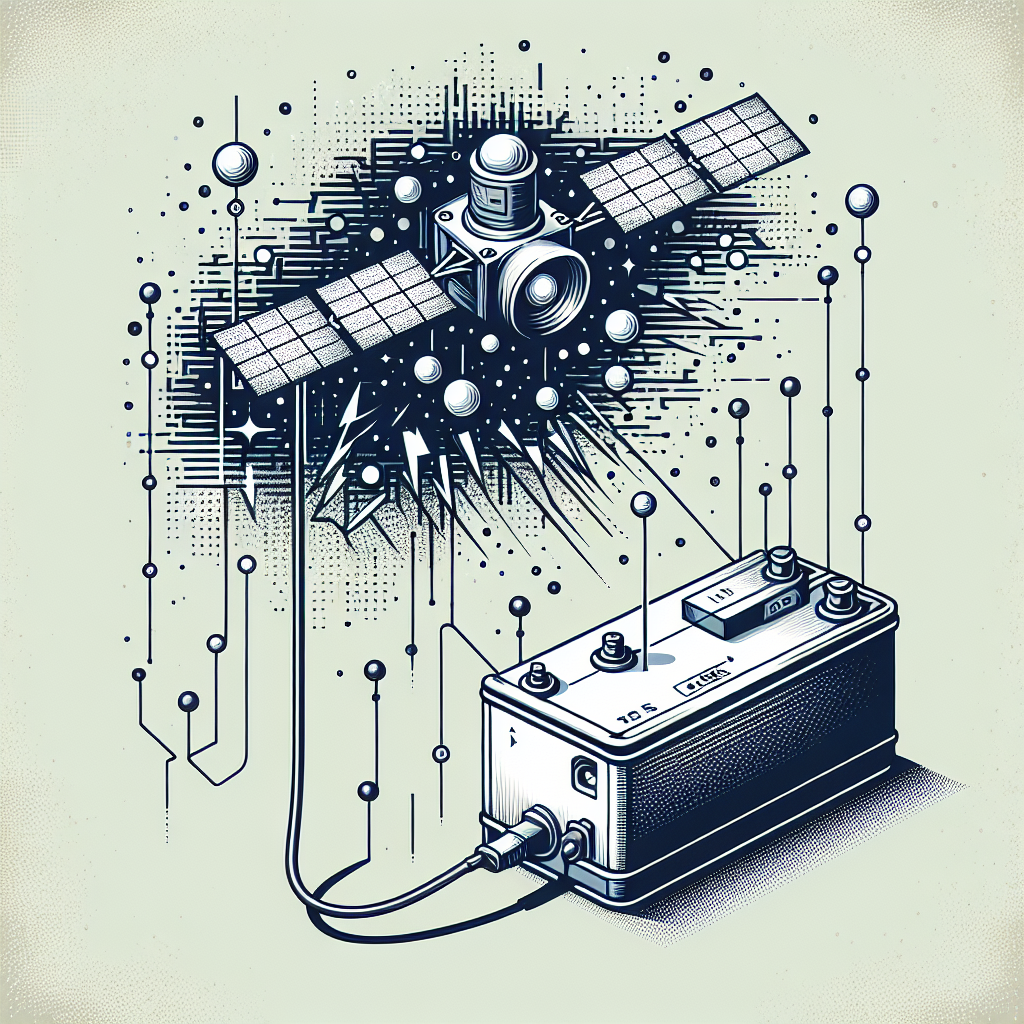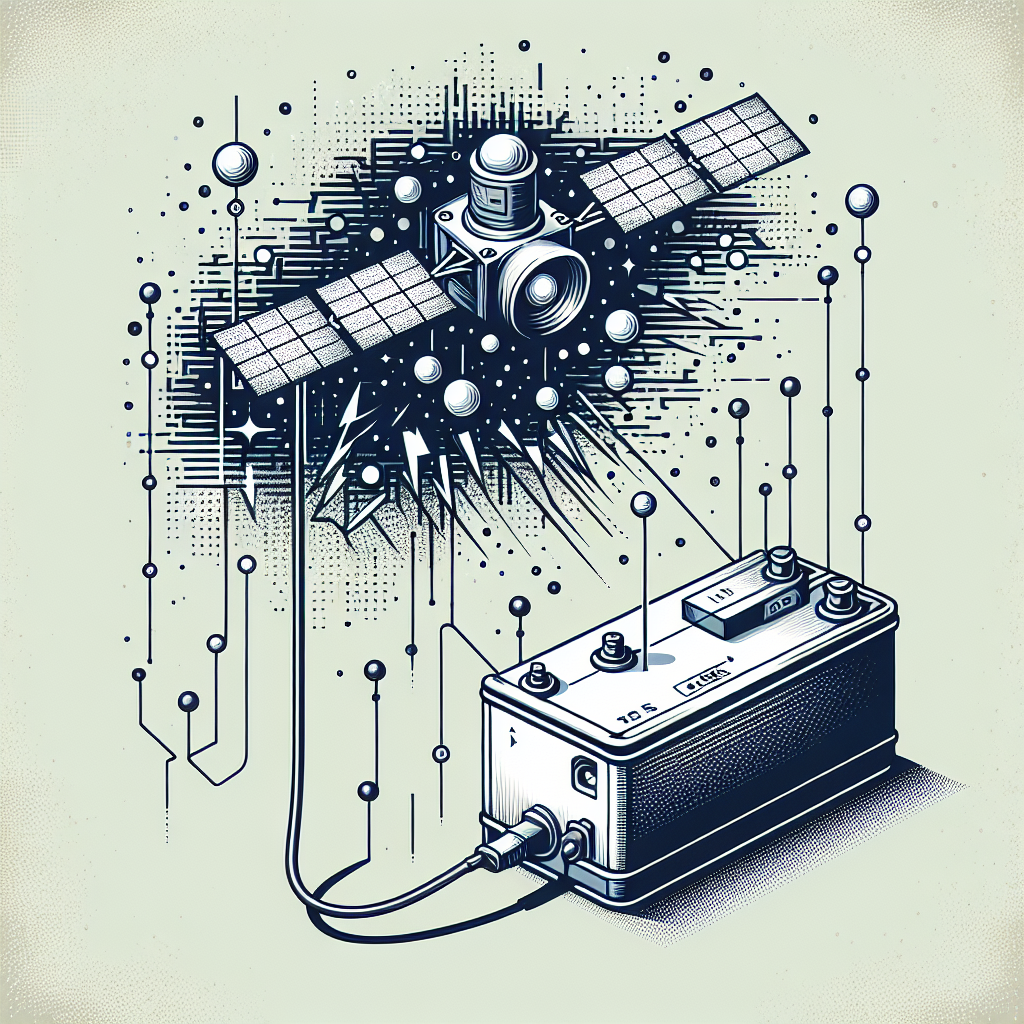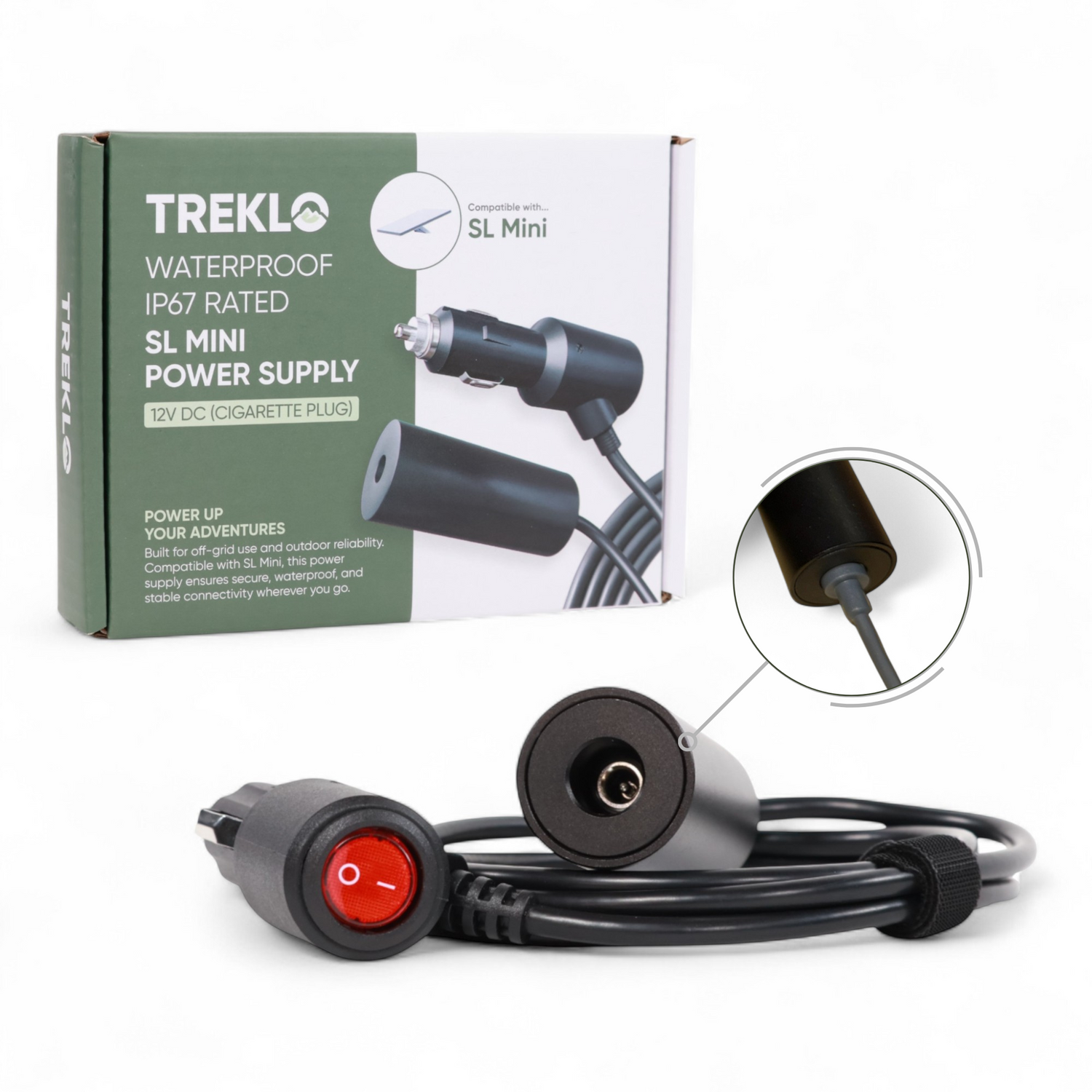How Long Can My Battery Run Starlink Consistently with and Without Solar?
Life on the road and in the wild has dramatically improved with Starlink in Australia, letting you stay connected from even the most remote locations. With the help of our new DC conversion kits, the traditionally 240V-powered Starlink can now run directly off a 12V battery, saving power and enabling off-the-grid usability. In this guide, we'll explain how to calculate how long your battery can power Starlink, how solar charging affects battery life, and the efficiency difference between using an inverter versus a DC conversion kit.
Varying Power Requirements for Different Starlink Hardware
Before calculating battery life, it's essential to know how much power your Starlink setup uses. Note that these power consumption values are based on using Starlink with 240V connections; we see much better power efficiency when converting to 12V with our kits. Starlink kits come in a variety of models with different power requirements, ranging from 25W to 150W on average.
| Starlink Hardware | Average Power Consumption | Peak Power Draw | Power Input Requirements |
|---|---|---|---|
| Starlink Mini | 25 – 40 Watts | 60 Watts | 12 – 48V * |
| Starlink Standard | 40 – 70 Watts | 100 Watts | 100 – 240V, 2.5A |
| Starlink Standard Actuated | 50 – 75 Watts | 100 Watts | 100 – 240V, 2.5A |
| Starlink High Performance | 110 – 150 Watts | 150 Watts | 100 – 240V, 6.3A |
| Starlink Flat High Performance | 75 – 120 Watts | 150 Watts | 100 – 240V, 6.3A |
| Starlink Enterprise | 75 – 100 Watts | 100 Watts | 100 – 240V, 6.3A |
Standard Starlink and Starlink Mini: The Two Favorites
While all Starlink models are available, the Standard Starlink (approximately A3 size) and Starlink Mini (approximately A4 size) are the most popular options for camping and caravanning.
-
Starlink Mini has an average power consumption of 25 to 40 watts, making it ideal for RVers looking to conserve battery. The Mini requires a DC input of 12-48V and can run via our DC conversion adapters through a 12V cigarette socket.
-
Starlink Standard consumes 40 to 70 watts and needs a voltage boost to run from a 12V battery. Our Starlink DC conversion kits efficiently convert 12V battery power to the 48V or 56V required by the dish, making this setup work seamlessly without the need for an inverter.
Calculating Battery Life for Starlink
The formula to determine how long your battery can run Starlink is simple:
Battery Life (in hours) = Total Battery Capacity / Power Consumption
-
If your battery's capacity is in watt-hours (Wh), the calculation is straightforward.
-
If the battery capacity is in amp-hours (Ah), you must convert it to Wh:
Wh = Ah × Voltage
For example, if your campervan has a 12V, 100Ah battery:
-
Battery Capacity: 12V × 100Ah = 1200Wh
For a Starlink Mini consuming 40W on average:
-
Battery Life = 1200Wh / 40W ≈ 30 hours
However, this calculation assumes no other devices are drawing power from the battery.
Using Starlink with a DC-AC Inverter
If you're using a traditional DC-AC inverter, the efficiency loss reduces battery life. Inverters often operate at around 85% efficiency:
-
For a 1200Wh battery, only 1020Wh will be usable due to conversion losses.
For the Starlink Mini at 40W:
-
Battery Life = 1020Wh / 40W ≈ 25 hours
This shows how using a DC-AC inverter results in approximately 5 hours less battery life compared to using a DC conversion kit. If you do want to stick with the inverter solution, the key is to use the smallest, most efficient inverter possible. In our case, that would be the Victron Phoenix Inverter 12/500 230V VE.Direct.
Using Starlink with Solar Charging
Adding solar power extends the battery life significantly, especially when paired with a DC conversion kit.
For instance, with a 100Ah, 12V battery and a 400W solar panel:
-
Charging Time = 1200Wh / 400W ≈ 3 hours
This means that, with sufficient sunlight, your battery can recharge in about three hours, allowing you to keep Starlink running longer without worrying about power depletion.
Is Running Starlink on Battery Worth It?
Yes, using Starlink with a battery is both practical and convenient for off-grid use, especially with the Starlink Mini. Its low average power draw of 25–40W makes it highly efficient for RV use. Our DC conversion kits further enhance battery efficiency, helping you power your entire setup without an inverter while giving you additional features like extra power outputs and LAN ports for better connectivity.
For those traveling with the Standard Starlink, our 12-48V and 12-56V adapters ensure efficient power use and longer battery life, making it well worth the investment.
With the right setup, you can keep Starlink running off your battery for extended periods—and adding solar panels can make this a truly off-grid solution. Whether you're using Starlink Mini or the Standard version, DC conversion kits and solar power offer a reliable way to keep connected while preserving battery life.
If you're ready to optimize your power setup, check out our Starlink DC Conversion Kits and other accessories to make off-grid living easier and more efficient. Don't forget to explore our range of Starlink mounts to securely position your Starlink setup for the best signal wherever you are.






















